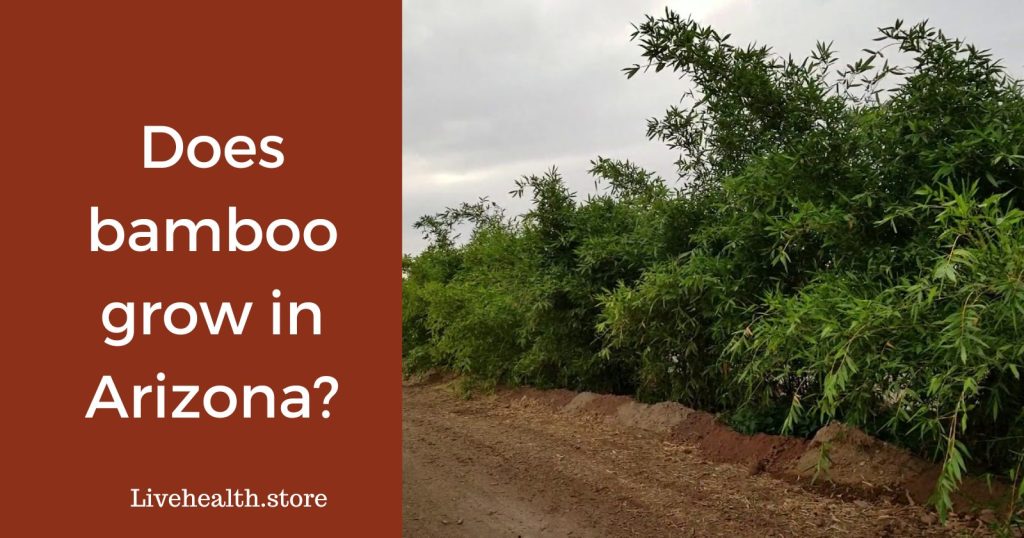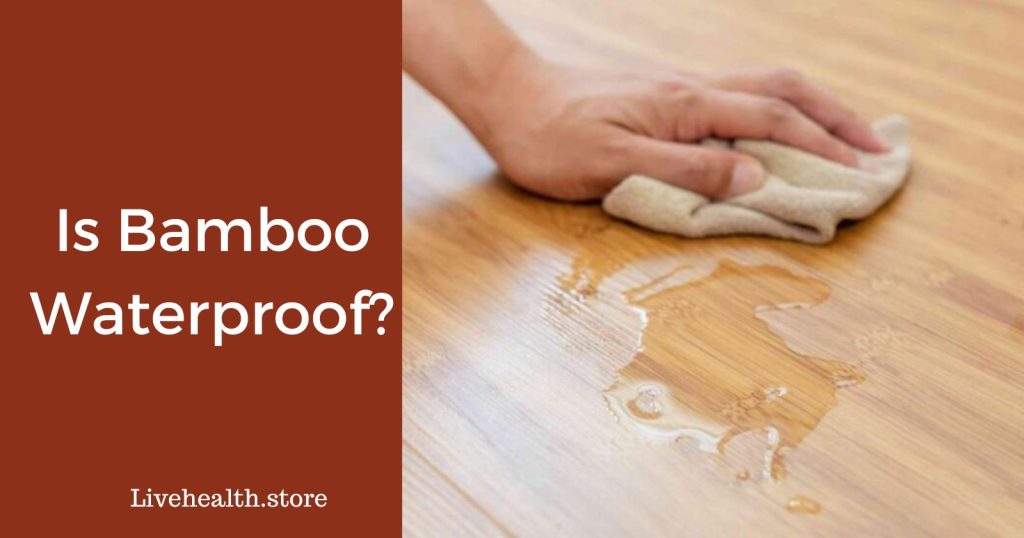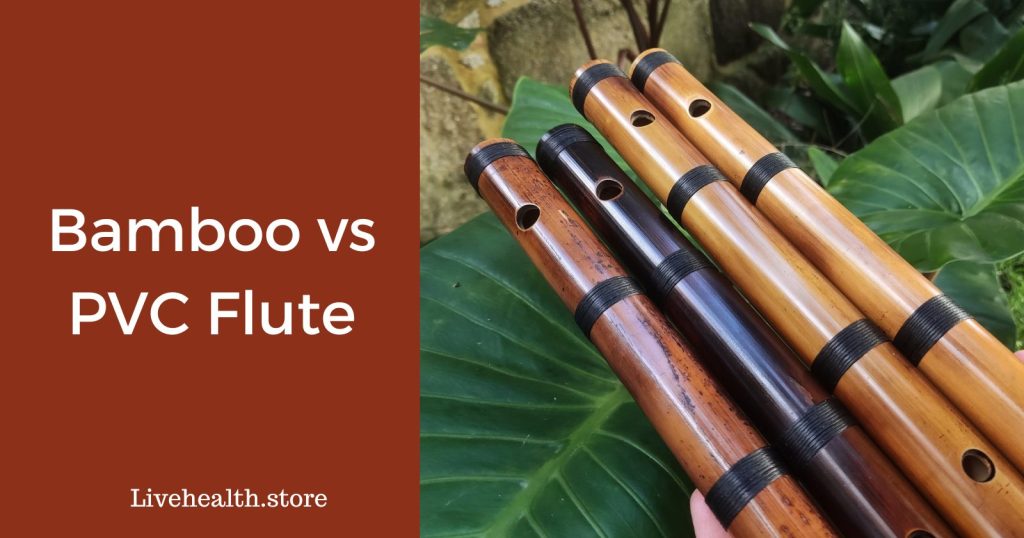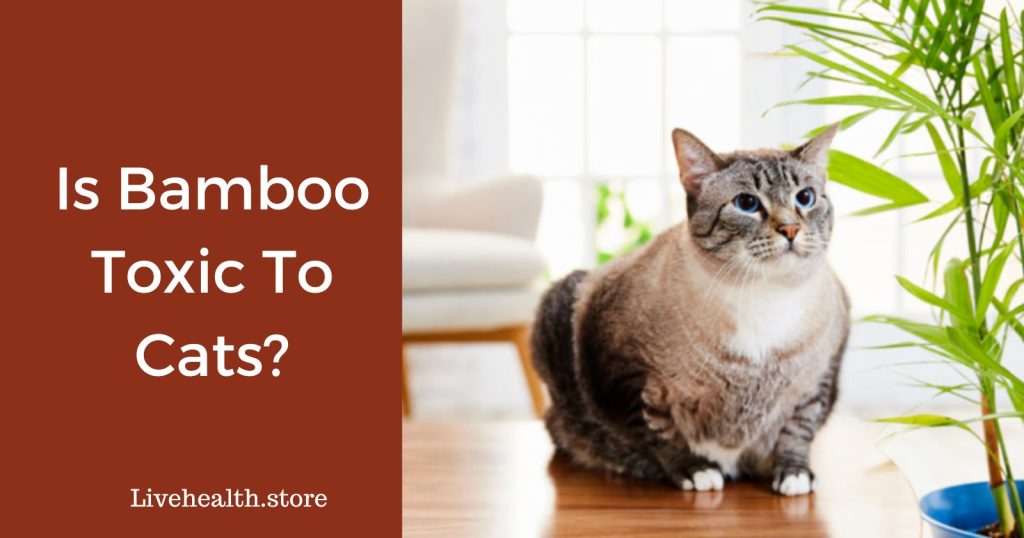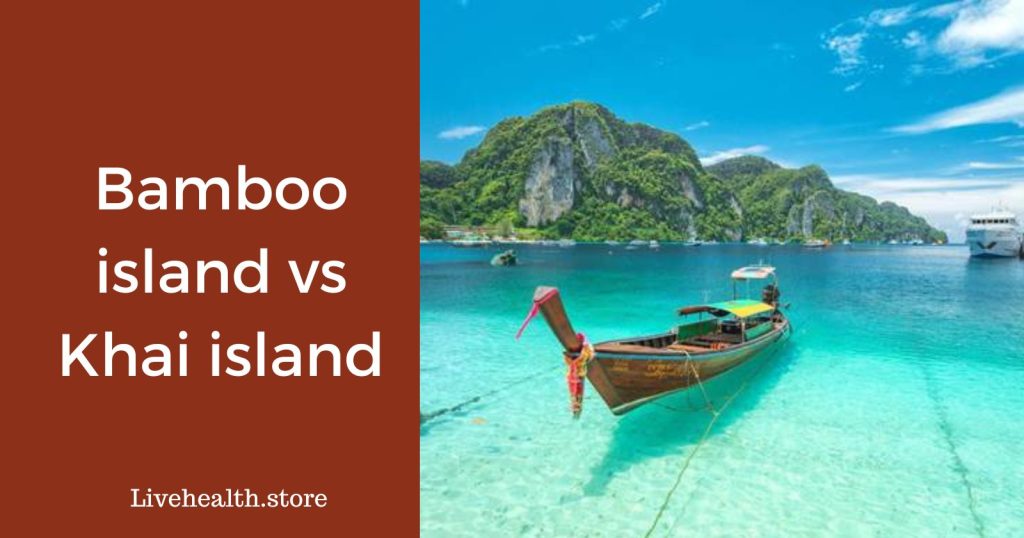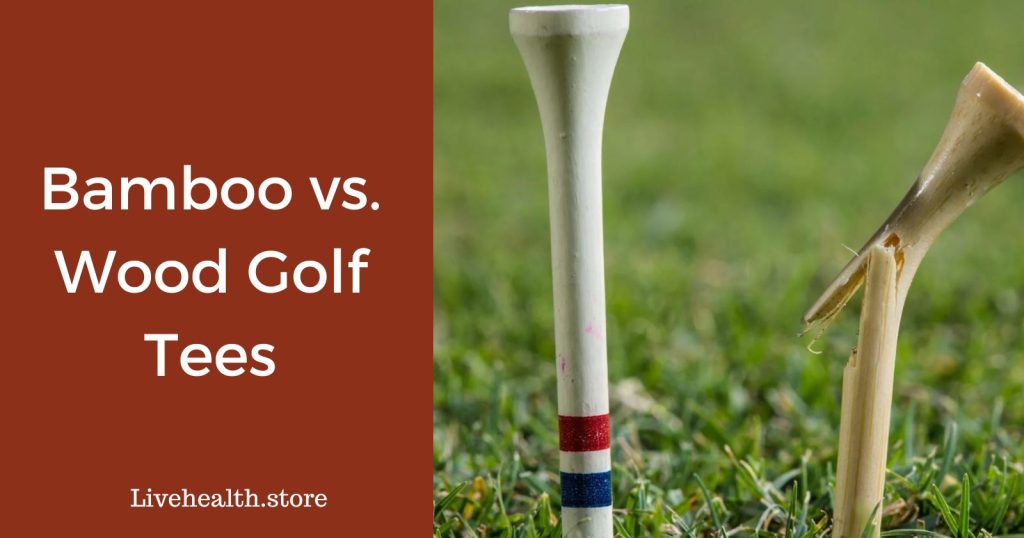Understanding Viscose Made from Bamboo: A Simple Guide
Viscose from bamboo is a type of fabric that is derived from the bamboo plant. It is made through a chemical process that converts the bamboo pulp into a fiber, which is then spun into yarn and woven into fabric.
Viscose from bamboo is known for its softness and smoothness, similar to silk. It also has a natural sheen and a luxurious feel, making it a popular choice for clothing and bedding. Additionally, bamboo viscose is highly breathable, moisture-wicking, and has temperature-regulating properties, making it ideal for both warm and cool climates.
It is also known to be hypoallergenic and eco-friendly, as bamboo is a renewable and sustainable resource.
Summary
| Topic | Key Points |
|---|---|
| What is bamboo viscose blend? | Fabric made from processed bamboo fibers and viscose/rayon |
| Is bamboo viscose natural? | Semi-synthetic but more eco-friendly than other synthetics |
| Is viscose made from bamboo? | Yes, bamboo cellulose is converted into viscose fibers |
| What is 100% viscose from bamboo? | Fabric made solely from bamboo cellulose |
| How much are bamboo sticks? | Price varies based on length, diameter, and quality |
Overview
Viscose from Bamboo has gained popularity in recent years due to its softness, breathability, and moisture-wicking properties. Here are some key characteristics of this fabric:
- Softness: Viscose from Bamboo has a luxurious, silky feel that makes it comfortable to wear.
- Breathability: The fabric allows air to circulate, keeping the body cool and preventing overheating.
- Moisture-wicking: The viscose from Bamboo can absorb and evaporate moisture quickly, keeping you dry and comfortable.
- Antimicrobial: Bamboo contains natural antimicrobial properties, making the fabric resistant to odor-causing bacteria.
- Eco-friendly: Bamboo is a fast-growing and renewable resource, requiring minimal water and pesticides for cultivation.
Process of converting bamboo into viscose fiber
Viscose from bamboo is a type of rayon made from the fibers of bamboo plants. The process involves the following steps:
- Harvesting: Bamboo is harvested, usually from sustainable and renewable sources.
- Extraction: The bamboo is crushed and soaked in a solution that breaks down the cellulose fibers.
- Filtration: The solution is filtered to remove impurities and separate the cellulose.
- Chemical Treatment: The cellulose is treated with chemicals to create a viscous solution.
- Spinning: The viscous solution is extruded through fine nozzles into a spinning bath to solidify into fibers.
- Washing: The fibers are washed to remove any residual chemicals.
- Drying: The fibers are dried and then cut into shorter lengths for further processing.
The resulting viscose fibers from bamboo have a silky texture and can be transformed into various textiles, including clothing, bedding, and towels. Viscose from bamboo is known for its softness, breathability, and moisture-wicking properties, making it a popular choice for eco-friendly and sustainable fabrics.
Benefits of Viscose from Bamboo
Viscose from bamboo is a type of fabric made from bamboo pulp. It offers several advantages and unique characteristics that make it a popular choice among consumers.
Soft and Comfortable: Viscose from bamboo fabric is incredibly soft and comfortable to wear. It has a smooth texture that feels gentle against the skin.
Moisture-Wicking: This fabric has excellent moisture-wicking properties, making it ideal for activewear or clothing designed for hot climates. It absorbs and evaporates moisture quickly, keeping the wearer dry and cool.
Breathable: Bamboo fabric allows for better airflow, preventing heat and sweat buildup. It helps regulate body temperature, making it suitable for year-round use.
Hypoallergenic: It is naturally hypoallergenic, making it a great choice for people with sensitive skin or allergies. Bamboo fabric is less likely to cause irritation or allergic reactions than other materials.
Sustainable: Bamboo is a highly sustainable and renewable resource. It grows rapidly and requires minimal water, pesticides, and fertilizers. Additionally, the production process of turning bamboo into viscose is environmentally friendly.
Antibacterial: Bamboo has natural antibacterial properties that help prevent the growth of odor-causing bacteria on the fabric. This makes it suitable for clothing items like socks or undergarments.
Uses of Viscose from Bamboo
Viscose from bamboo is a versatile material that has gained popularity in various industries due to its unique properties. Here are some common applications and products made from viscose from bamboo:
Clothing and textiles: Viscose from bamboo fibers is used to create soft, breathable, and comfortable clothing items like shirts, dresses, socks, and underwear.
Bedding and towels: The absorbent and hypoallergenic nature of viscose from bamboo makes it ideal for bedding products like sheets, pillowcases, and blankets. It is also used in the production of luxurious and soft towels.
Home furnishings: Viscose from bamboo is used in the manufacturing of curtains, upholstery fabrics, rugs, and carpets due to its durability and natural aesthetic.
Baby products: The gentle and skin-friendly properties of viscose from bamboo make it a popular choice for baby clothing, blankets, diapers, and wipes.
Personal care products: Viscose from bamboo fibers is also used in the production of hygiene products such as disposable wipes, feminine hygiene products, and facial tissues.
Viscose from bamboo offers a sustainable alternative to traditional materials, as bamboo is a fast-growing plant that requires minimal resources to grow. Its versatility and eco-friendly nature have contributed to its rise in popularity across various industries.
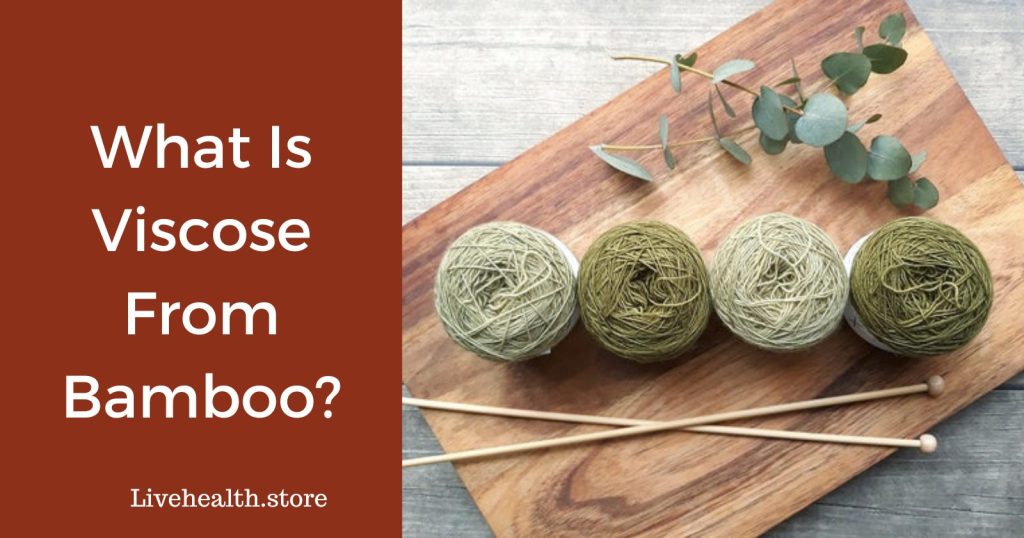
Environmental Impact
Viscose from bamboo is often promoted as an environmentally friendly alternative to other fabrics due to its renewable source. Bamboo is a fast-growing plant that requires no pesticides or fertilizers and can be harvested sustainably.
The manufacturing process of converting bamboo into viscose does involve the use of chemicals, but efforts are being made to improve this process and make it more sustainable. It is important to ensure that the production of viscose from bamboo follows ethical and environmentally responsible practices.
Care and Maintenance
- Hand Wash: It is best to hand wash viscose from bamboo products using cold water and a mild detergent.
- Air Dry: After washing, lay the products flat to air dry or hang them up away from direct sunlight.
- Avoid Bleach: Do not use bleach or fabric softeners as they can damage the fibers of viscose from bamboo.
- Iron with Caution: Use a low heat setting when ironing viscose from bamboo products and avoid direct contact with the iron.
- Store Carefully: When storing, fold or roll the products gently and place them in a cool, dry place.
- Avoid Contact with Sharp objects. Be careful when handling viscose from bamboo products to prevent snagging or tearing.
- Check Label Instructions: Always refer to the care label instructions provided by the manufacturer for specific guidance on cleaning and maintenance.
Comparison
- Cotton: Viscose from bamboo is often compared to cotton due to its softness and breathability. However, bamboo fabric tends to be more lightweight and has natural moisture-wicking properties.
- Silk: While silk is known for its smooth and luxurious feel, viscose from bamboo offers similar characteristics at a more affordable price point. Additionally, bamboo fabric is more eco-friendly as it requires less water and pesticides during cultivation.
- Polyester: Viscose from bamboo outshines polyester in terms of comfort and breathability. Bamboo fabric also tends to be more durable and resistant to wrinkles.
- Wool: Both wool and viscose from bamboo provide good insulation, but the bamboo fabric is known for its moisture-wicking abilities. It also has a softer texture and is less prone to causing skin irritations.
- Linen: Similar to linen, bamboo fabric is lightweight, breathable, and perfect for warm weather. However, bamboo fabric tends to have a smoother texture and requires less maintenance than linen.
Disadvantages
While viscose from bamboo has many advantages, it is important to be aware of some potential concerns or disadvantages that may arise:
- Chemical Process: The production of viscose from bamboo involves a chemical process that uses harsh chemicals such as sodium hydroxide and carbon disulfide. This can have negative environmental impacts if not properly managed.
- Sustainability: While bamboo is a fast-growing plant and can be grown sustainably, the use of chemicals in the production process can affect the overall sustainability of viscose from bamboo.
What is a bamboo viscose blend?
Bamboo viscose blend refers to a fabric made from bamboo fibers that have been processed using a chemical solvent process called "viscose" or "rayon" process. This blend combines the natural properties of bamboo with the softness and drape of viscose.
Is bamboo viscose natural?
While bamboo itself is a natural material, bamboo viscose is considered a semi-synthetic fabric. This is because the bamboo fibers go through a chemical process to convert them into a usable textiles. However, bamboo viscose is still considered to be more eco-friendly than other synthetic fabrics.
Is viscose made from bamboo?
Yes, viscose can be made from bamboo as well as other types of plant fibers like wood pulp or cotton linters. The bamboo cellulose is extracted and dissolved in a solution to create a viscous liquid, which is then extruded into fibers and spun into yarn to create the fabric.
What is 100% viscose from bamboo?
100% viscose from bamboo refers to a fabric that is made entirely from bamboo cellulose. This means that no other fibers or materials have been blended with the bamboo fibers during the manufacturing process.
How much are bamboo sticks?
The cost of bamboo sticks can vary depending on factors such as length, diameter, and quality. On average, a pack of 100 bamboo sticks can range in price from $5 to $20.
Hi there, I’m Sam Billings, and I’m all about sustainability. Running a printing business is my thing, but my real passion is preserving nature. That’s why I run the Live Health blog, where I focus on Bamboo plants and their eco-friendly goodness.

